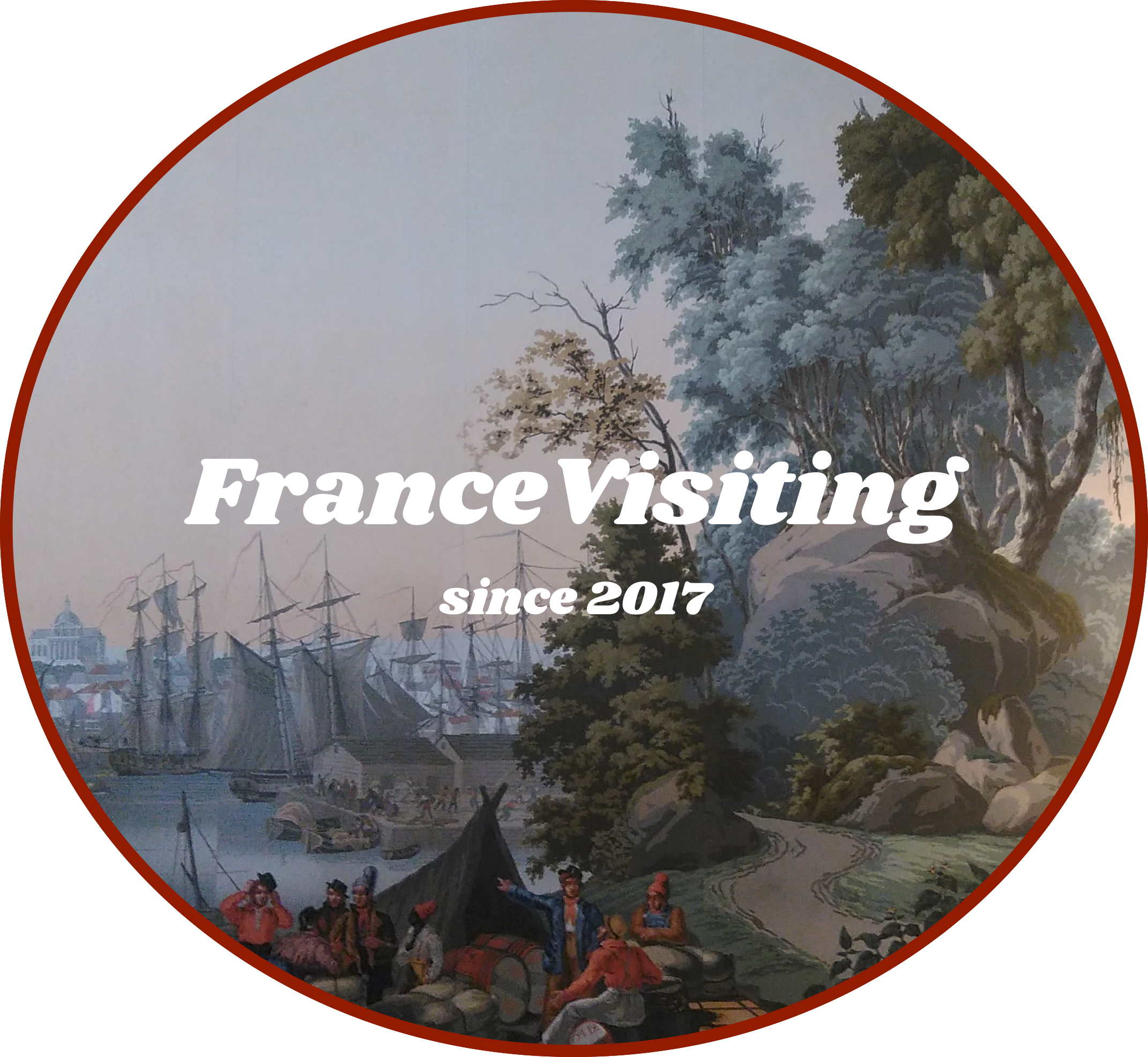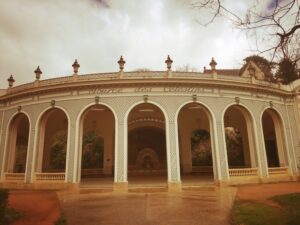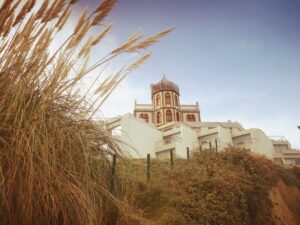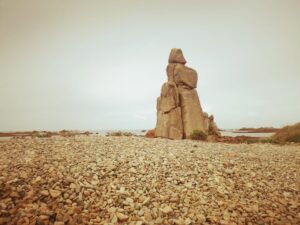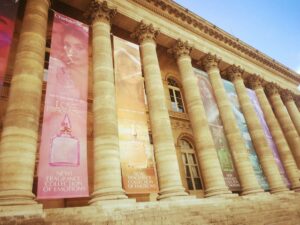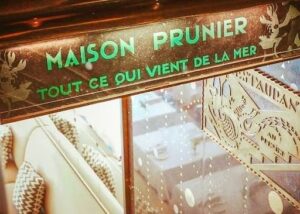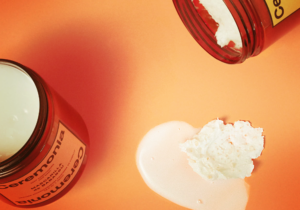A cup of Oise culture in the Northern part of Paris
7 min read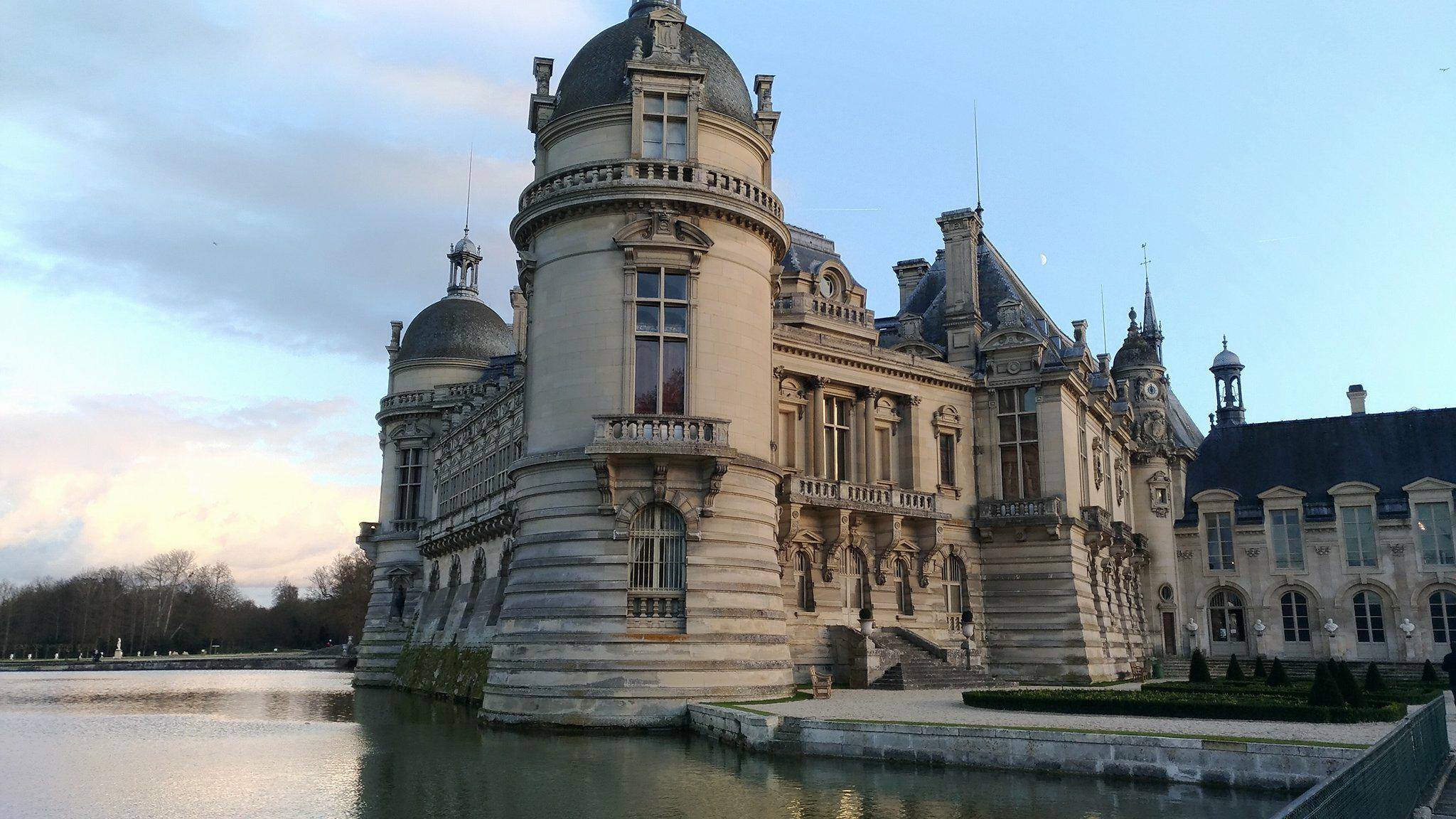
Paris is located in the wide region called Île-de-France, this one has a rich legacy and invites visitors to discover its treasures, easily reachable from the center of Paris. Here are a couple of those sites, spread in and around the fields of the Oise river, in Northern Paris, with each one its own interest and assets, worth to admire.
The Royaumont Abbey, a center for Arts and seminaries in the woods
The Royaumont Abbey is a former Cistercian monastery, still today the largest Cistercian abbey in Île-de-France, located in the hamlet of Baillon in Asnieres-sur-Oise in Val-d’Oise, about thirty kilometers north of Paris. This great Cistercian abbey of Ile-de-France, was built between 1228 and 1235 under the auspices of Louis IX, future Saint Louis, and his mother Blanche of Castille. This site met many existences and was sold as a national asset to the French Revolution.
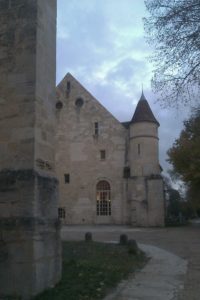
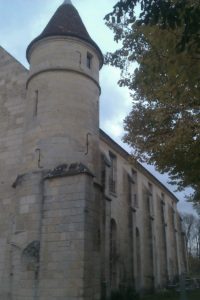
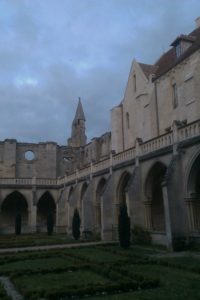
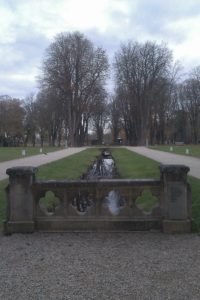
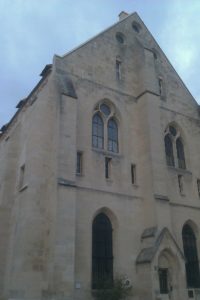
 So there are choir monks and lay monks, more connected to the rest of the population.
So there are choir monks and lay monks, more connected to the rest of the population.
There was a fire that destroyed the building in 1760, including the archives, shortly before the departure of a hundred of monks in 1789.
Moreover, the Abbey was also purchased in 1791 by the Marquis de Travanet.
This entrepreneur destroyed the church for make a spinning mill and a village for the workers, changing the fate of the place.
Here’s one of the rests with a specific shape nowadays, of the late abbatial (photo credits: Alex Plato).
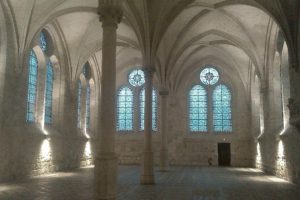
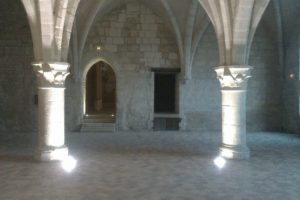
Following a posthumous wish of his father, Saint Louis founded this very young Royal Abbey, usually larger than a Cistercian abbey. The cross of ogives shows the Gothic contribution of the time, typical of the 12th century.
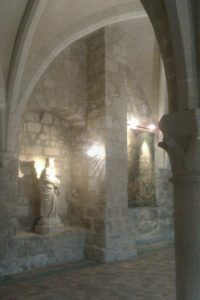
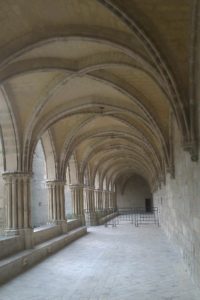
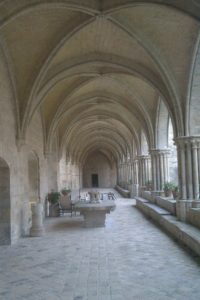
Following the bankruptcy of the successor of the marquis, there was the return of the religious devotes with the arriving of nuns of the order of the Holy Family of Bordeaux, in 1860. These stain to renovate the site, which is in perpetual renovation even today with a roof of 70,000 tiles replaced in 2016.
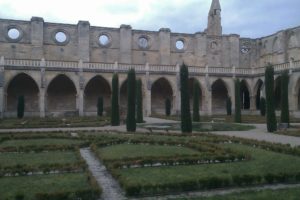
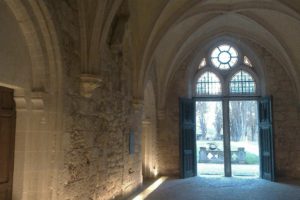
View of the Cloyster where the nuns left the site in 1905 to make way for the founder of SPIE-BATIGNOLLES, Jules Gouin who bought it in 1905 and whose grandson Henri created in 1964 the Royaumont Foundation, artistic promotion. Then many aspects of the site were valued like the refectory that knew many metamorphoses including an organ of 1936, date of the first musical meetings in Royaumont, a mausoleum in honor of Count Henri of Lorraine, posthumous legatee of the abbey to his son became abbot Alphonse-Louis in 1711 . It serves as a residence a dozen artists a year and a training of more than 300 artists per year. Lately, the Abbey opened to visitors or customers on seminaries, 53 rooms renovated in the former monastic cells, dedicated to a bed and breakfast format on weekends.
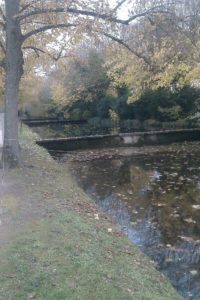
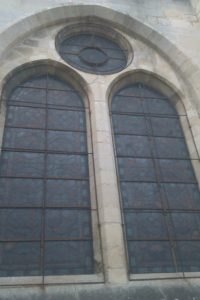
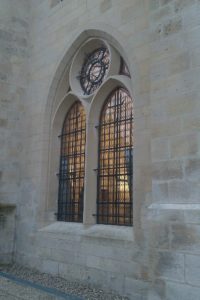
One of the three gardens, which acts as a botanical exhibition and medieval inspiration.
Water is ubiquitous on the site with the presence of the river and its many artificial channels.
https://www.instagram.com/p/Bdvq90tluYL/?taken-by=francevisiting
The Castle of Chantilly, a vestige of opulence
The Domain of Chantilly is located in the heart of 7800 hectares of land, within one of the largest forests around Paris. Constituted since the Middle Ages by the different owners (Anne de Montmorency, the Bourbon-Conde, including the Grand Conde, cousin of Louis XIV, Henry of Orleans, Duke of Aumale), the site is a jewel of treasures combining art, nature and gastronomy.
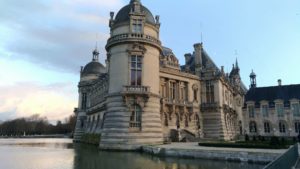
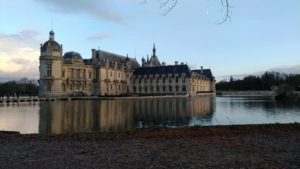
Inside, the Musée Vivant du Cheval, its 30 horses and its team of 8 riders, offers all year long, equestrian animations as well as shows. The entire Domaine de Chantilly is owned by the Institut de France, since the donation made in 1886 by one of its members, the Duke of Aumale, thus seeking to avoid the dispersion of its rich collections. In 2005, the Institut de France signed a cooperation agreement with the Foundation for safeguarding and development of the Domain of Chantilly, created by His Highness the Aga Khan; it ensures the restoration, management and development.
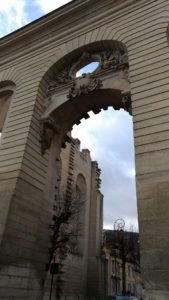

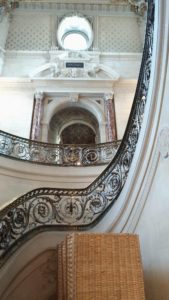
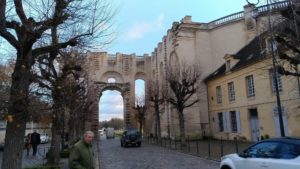
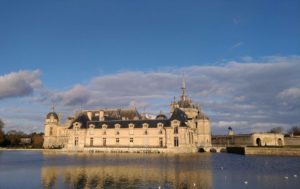
Views from outside and the entrance of the city of Chantilly, where the waters from the moats mix an universe dedicated to horses and horticulture.
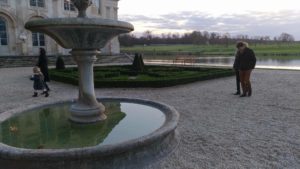
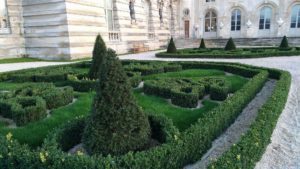
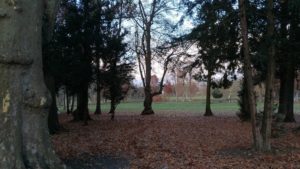
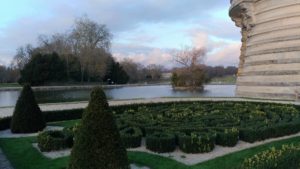
The park is unique because of the diversity of its gardens: the French garden designed by Le Nôtre in 17th century, the Hamlet that inspired Marie-Antoinette and saw the birth of the authenticChantilly cream, the eighteenth century Anglo-Chinese garden and the English garden of the nineteenth century. The historical labyrinth and wild birds are added to the charm of places. The Great Stables, masterful architecture of the eighteenth century, are among the most beautiful in the world.
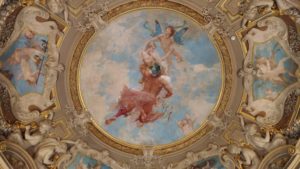
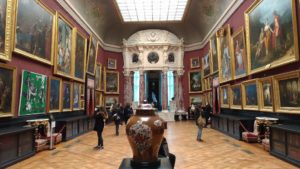
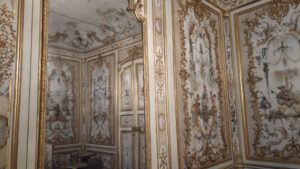
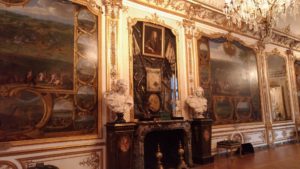
The Castle includes the Condé Museum that consists of an exceptional collection of old paintings. More than 550 canvases are presented, and among them masterpieces of Raphael, Botticelli, Clouet, Poussin, Ingres, Delacroix, Fouquet, Watteau… On April 17, 1898, less than a year after the death of the Duke of Aumale, the Conde Museum opened its doors. The donation of his property in favor of the Institut de France established in 1886 subject to usufruct becomes effective.
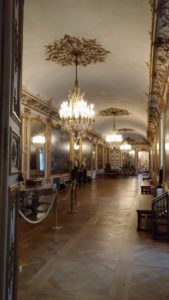 The domain is now managed by the Institut de France, that keeps its museum vocation. The collections of the Condé museum are divided in several places, in the castle, in the House of Sylvie and the Jeu de Paume.
The domain is now managed by the Institut de France, that keeps its museum vocation. The collections of the Condé museum are divided in several places, in the castle, in the House of Sylvie and the Jeu de Paume.
Since its opening, the organization and the presentation of the collections, thought by the Duke of Aumale, have continued, thus respecting the conditions of the donation and the memory of the prince.
Restored between 1989 and 1991 under the direction of Yves Boiret, chief architect of historical monuments, the Jeu de Paume welcomed various events.
The great hall still housed a few paintings and tapestries that evoked the museography of the Duke of Aumale.
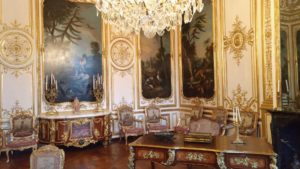
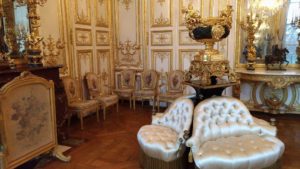
Two examples of the decoration style of the XVIIIth century illustrated by those two rooms. On the first picture, the white and gold woodwork of the Prince’s room were executed by 1720 supervised by the architect Jean Aubert for Louis-Henri, duke of Bourbon, prince of Condé (1692-1740), Secretary of king Louis XV and builder of the Great Stables. It was the room of the prince; the furniture having disappeared in the Revolution, the duke of Aumale decorated it after 1876 with furniture of the XVIIIth century.
In the other picture, decorated between 1718 and 1720, the Grand Cabinet served as the office of the Duke of Bourbon during the XVIIIth century. From the window, the Prince could view the Grand Stables: when the doors were open it was possible to see from one end to the other. The white and gold wood panelling are typical of the early part of the XVIIIth century.
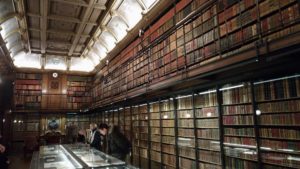
In the heart of the castle is also one of the Europe’s richest libraries: the “Cabinet des Livres”. Retaining 13,000 books including 1,500 manuscripts and 500 incunabula in this single room, the Domain possesses above all the most valuable manuscript in the world: “The Very Rich Hours of the Duke of Berry” (fifteenth century).
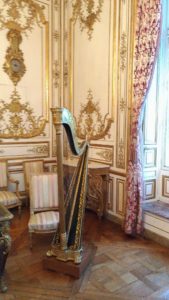
The Music Salon was, in the XVIIIth century, a physics cabinet and contained a number of scientific instruments.
It opened out onto the Natural History Room of the Princes of Condé, made up of three rooms dedicated to the animal, vegetable and mineral kingdoms.
Curiosity cabinets were commonplace during the Age of Enlightenment, when interest in science truly flourished.
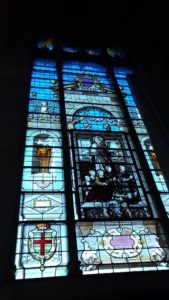
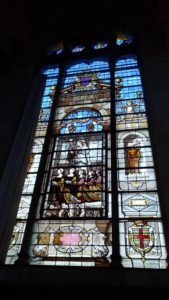
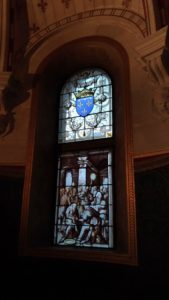
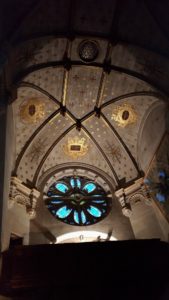
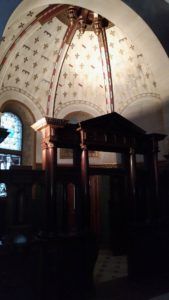
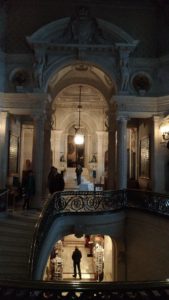
Once again St Louis, patron saint of the royal family, is mentioned in the region because here the Chapel was constructed in 1882 by Daumet. It draws inspiration from the chapel of Ecouen, and it now holds some of this chapel’s relics: the altar that depicts “The Sacrifice of Abraham”, the wainscot in marquetry that represents “The Twelve Apostles”, and the stained glass windows. Not far from it, another Chapel in the memory of Prince Henri II of Condé, was commissioned in 1648 by the Grand Condé to sculptor Jacques Sarazin (1592-1660) for the church of Saint-Paul-Saint-Louis in Paris, to hold the heart of his father.
The Jeu de Paume, a new exhibition hall
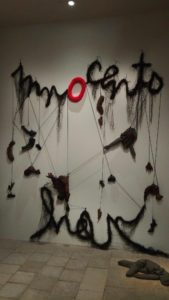
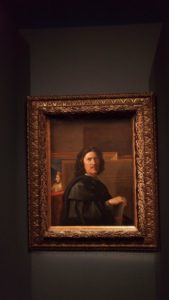
Built between 1756 and 1758 by the architect Claude Billard of Bélisard for Louis-Joseph de Bourbon, Prince De Condé, it’s one of the latest Jeu de Paume built in France, about 42 meters long and 14 meters wide, dimensions coming from the ancient regulation of the Jeux de Paume which had to do at least 90 feet long and 27 feet wide. It is composed of two distinct entities: the “remains” at the east end of the building and the playroom.
Heir of the Domain of Chantilly in 1740, Louis-Joseph De Bourbon-Condé chooses to build a new Jeu De Paume hall in 1756. The first construction of the prince in the Domain, he decides to place it on the edge of estate, facing the Great Stables erected for his father Louis-Henri Bourbon-Condé in 1735. Spared by revolutionary destruction, the Jeu de Paume is transformed into a ballroom and then serves time to time theater, probably for the inhabitants of the nearby town of Chantilly.
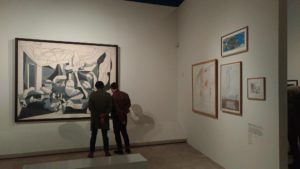
The old remains are transformed into housing to accommodate in particular the guards and the architect of Louis-Henri-Joseph of Bourbon.
In 1830, on the death of Louis-Henri-Joseph duke of Bourbon, this one entrusts the field of Chantilly to his Grandnephew and godson, Henry of Orleans, Duke of Aumale, son of King Louis-Philippe d’Orléans and Marie-Amélie de Bourbon-Sicily.
The Duke of Aumale chooses to transform the large hall into an annex of his museum, installed in the Grand Château, while the spaces of the old remains are assigned to the housing of the staff of the estate.
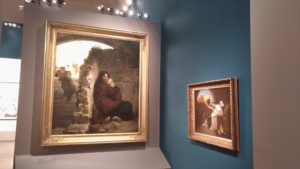
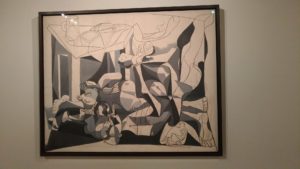
From September 11th, 2017 to January 7th, 2018, “the Massacre of the Innocents”, masterpiece of Nicolas Poussin, will be the centerpiece of an exhibition event at the Musée Condé of the Chantilly Domain.
From its genesis to its posterity, this famous artwork will be revealed through prestigious loans and rub shoulders with big names in modern and contemporary Art including Pablo Picasso, Francis Bacon or Annette Messager. A first one for Chantilly!
https://www.instagram.com/p/BcAzPeYlEtO/?taken-by=francevisiting
https://www.instagram.com/p/BcDr_79hv15/?taken-by=francevisiting
https://www.instagram.com/p/BcE6q1VFwnD/?taken-by=francevisiting
